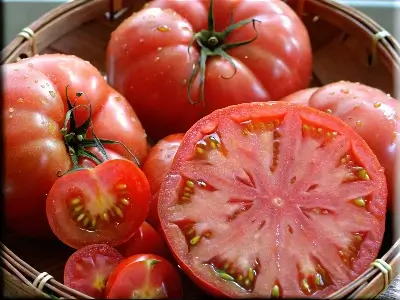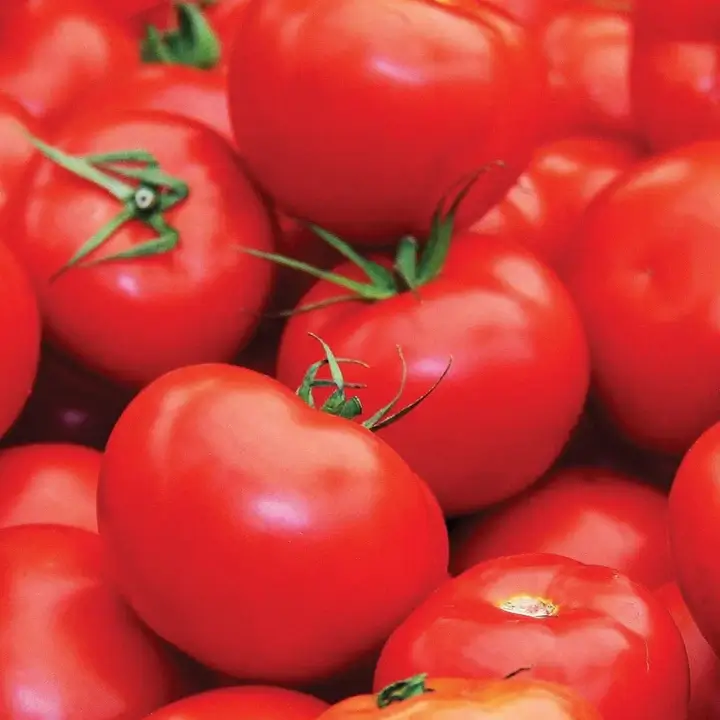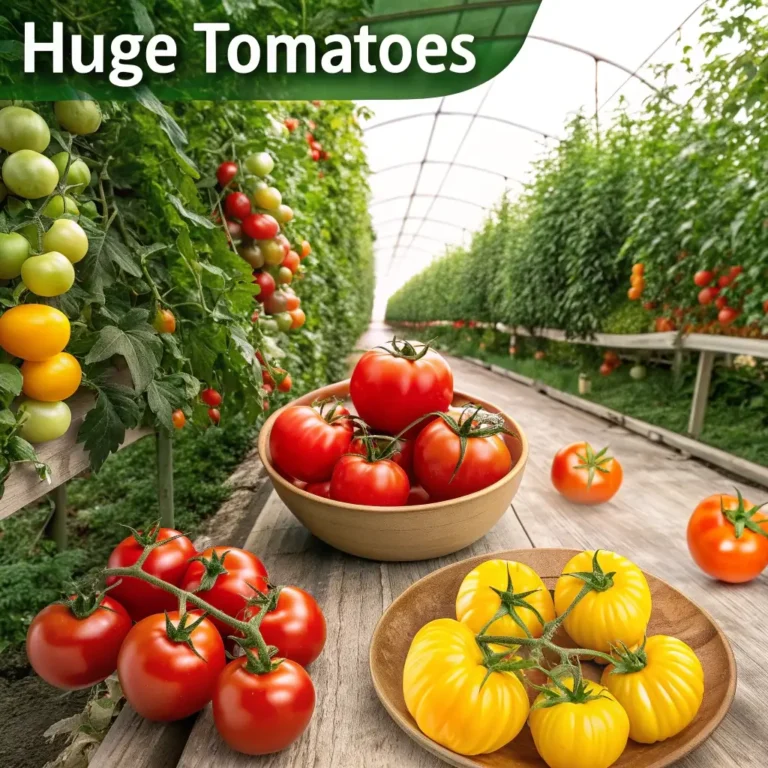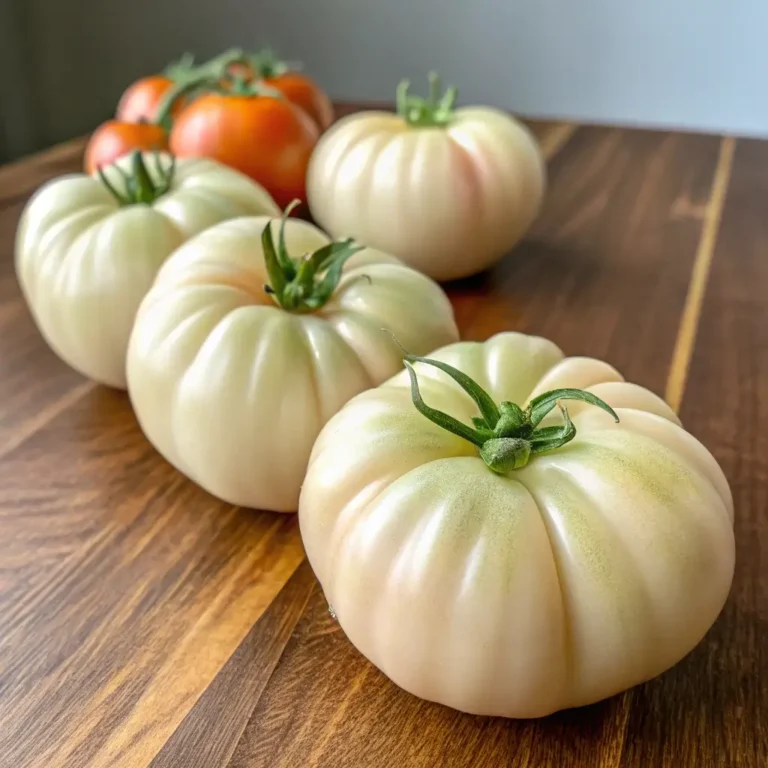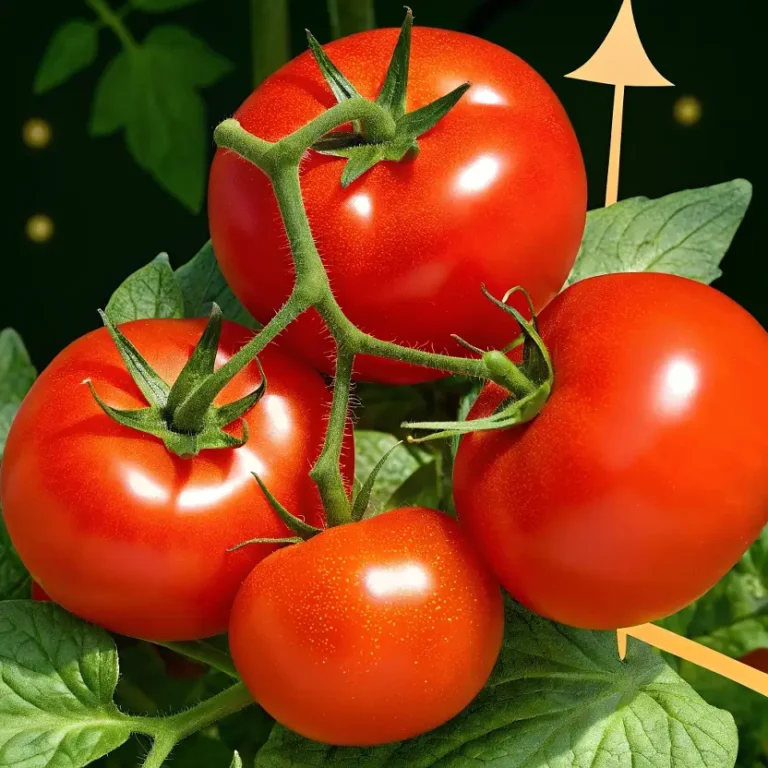The Ferris Wheel Tomato: A Giant in the Garden – 5 Reasons to Grow It
Table of Contents
Introduction
Did you know that only 36% of home gardeners attempt to grow heirloom varieties, despite these cultivars often delivering superior flavor and unique characteristics? The Ferris Wheel tomato, a magnificent giant in the garden, exemplifies why these heritage varieties deserve more attention. This extraordinary heirloom can produce fruits weighing up to 2 pounds, with some gardeners reporting occasional 3-pound specimens that rival the size of a small melon. The Ferris Wheel tomato isn’t just impressive for its imposing dimensions—it offers a perfect balance of sweetness and acidity that modern hybrids often lack. Whether you’re an experienced gardener or a curious beginner, this colossal pink beefsteak variety promises to transform your gardening experience and elevate your culinary creations.
What Makes the Ferris Wheel Tomato Special?
Originally developed in the early 1900s, the Ferris Wheel tomato has earned its place in garden history for several compelling reasons:
- Extraordinary Size: These pink beefsteak tomatoes regularly reach 1-2 pounds, with exceptional specimens pushing 3 pounds.
- Rich, Complex Flavor: Unlike many modern varieties bred primarily for shipping durability, Ferris Wheel offers an intricate sweet-acid balance with subtle fruity undertones.
- Impressive Yield: Despite their size, plants produce a generous harvest throughout the growing season.
- Historical Significance: As a true heirloom, these tomatoes connect gardeners to agricultural heritage dating back over a century.
- Conversation Starter: Few garden vegetables draw attention and admiration like a perfectly grown Ferris Wheel tomato.
Growing Requirements
Climate and Hardiness
Ferris Wheel tomatoes thrive in USDA zones 3-11 when planted after the danger of frost has passed. These indeterminate plants require a long growing season (80-90 days to maturity), making them perfect for gardeners with summers lasting from late May through September or October. Data from agricultural extensions shows that heirloom varieties like Ferris Wheel typically perform best when nighttime temperatures consistently remain above 55°F.
Soil Preparation
For optimal growth, prepare soil with the following characteristics:
- pH level between 6.2 and 6.8
- Rich in organic matter (compost comprising 25-30% of soil volume)
- Well-draining but moisture-retentive
- Pre-enriched with calcium to prevent blossom end rot
Spacing and Support
These robust plants demand substantial support and space:
- Plant seedlings 36-48 inches apart
- Install heavy-duty cages or stakes at planting time
- Consider using the Florida weave method for row plantings
- Provide a minimum of 6-8 hours of direct sunlight daily
Cultivation Timeline
Early Spring (8-10 weeks before last frost)
Start seeds indoors under grow lights, maintaining soil temperature at 70-75°F for optimal germination. Studies show that tomato seeds germinate 40% faster with consistent bottom heat compared to ambient temperature alone.
Late Spring
Transplant seedlings outdoors after hardening off for 7-10 days. Plant deeply, burying 2/3 of the stem to encourage additional root development along the buried portion—this technique increases nutrient uptake by approximately 30%.
Summer
Monitor water needs closely, providing 1-2 inches weekly through drip irrigation ideally. Inconsistent watering is the primary cause of fruit splitting in large-fruited varieties like Ferris Wheel.
Late Summer to Fall
Harvest fruits when they show a deep pink color and slight give when gently squeezed. Peak flavor develops when ripened on the vine, though fruits can be picked at the first blush of color if cracking is a concern.
Common Growing Challenges
Preventing Disease
Ferris Wheel, like many heirlooms, lacks the disease resistance bred into modern hybrids. Implement these preventative measures:
- Practice crop rotation (avoid planting in the same location for 3-4 years)
- Apply organic mulch to prevent soil splash onto leaves
- Prune lower branches to improve air circulation
- Consider applying copper-based fungicides preventatively in humid regions
Managing Pests
Monitor regularly for these common tomato pests:
- Hornworms (hand-pick or use Bt for significant infestations)
- Aphids (introduce ladybugs or apply insecticidal soap)
- Stink bugs (row covers until flowering, then trap crops)
Harvesting and Utilizing Your Bounty
When to Harvest
The perfect Ferris Wheel tomato should:
- Show deep pink coloration throughout
- Feel heavy for its size
- Yield slightly to gentle pressure
- Possess a sweet, earthy aroma at the stem end
Culinary Applications
These massive fruits excel in several preparations:
- Heritage tomato sandwiches (a single slice often covers an entire piece of bread)
- Caprese salads with contrasting small tomato varieties
- Slow-roasted tomato sauces (their naturally high sugar content produces exceptional caramelization)
- Gazpacho and fresh salsas where their complex flavor shines
Seed Saving
One of the greatest advantages of growing heirloom varieties is the ability to save seeds. Ferris Wheel tomatoes are open-pollinated, meaning saved seeds will produce plants identical to the parent. To save seeds:
- Select your most impressive, disease-free fruits
- Scoop seeds with surrounding gel into a container
- Ferment for 2-3 days at room temperature
- Rinse thoroughly and dry on coffee filters
- Store in cool, dry conditions for up to 5 years
Conclusion
The Ferris Wheel tomato represents everything exceptional about heirloom varieties—impressive size, outstanding flavor, and a connection to gardening traditions. While they require more attention than modern hybrids, the rewards of growing these giants far outweigh the extra effort. Whether you’re looking to create spectacular garden-to-table meals, hoping to win a county fair competition, or simply want to experience one of gardening’s most impressive achievements, the Ferris Wheel tomato delivers an unforgettable growing experience. Start planning now to include these magnificent fruits in your next growing season, and prepare to be amazed by what your garden can produce.
FAQs
How do Ferris Wheel tomatoes compare to other large varieties like Mortgage Lifter or Brandywine?
While all three are impressive heirlooms, Ferris Wheel often produces larger fruits than Brandywine and matches or exceeds Mortgage Lifter. Flavor-wise, Ferris Wheel offers a sweeter profile than Mortgage Lifter with less acidity than typical Brandywines.
Can I grow Ferris Wheel tomatoes in containers?
Yes, but choose containers at least 10 gallons in capacity with excellent drainage. These plants develop extensive root systems that require substantial space for optimal production.
Why do my Ferris Wheel tomatoes crack?
Cracking typically results from fluctuating water supply. Maintain consistent soil moisture through regular watering and heavy mulching. Harvesting fruits slightly before peak ripeness during rainy periods can also minimize cracking.
How many Ferris Wheel plants should I grow for a family of four?
Given their high productivity, 3-4 plants typically provide ample tomatoes for fresh eating, with extra for preserving. Each plant can produce 15-25 pounds of fruit over a season under optimal conditions.
Are Ferris Wheel tomatoes determinate or indeterminate?
They are indeterminate, meaning they continue growing and producing until killed by frost. This growth habit contributes to their impressive yields but requires substantial support throughout the season.

